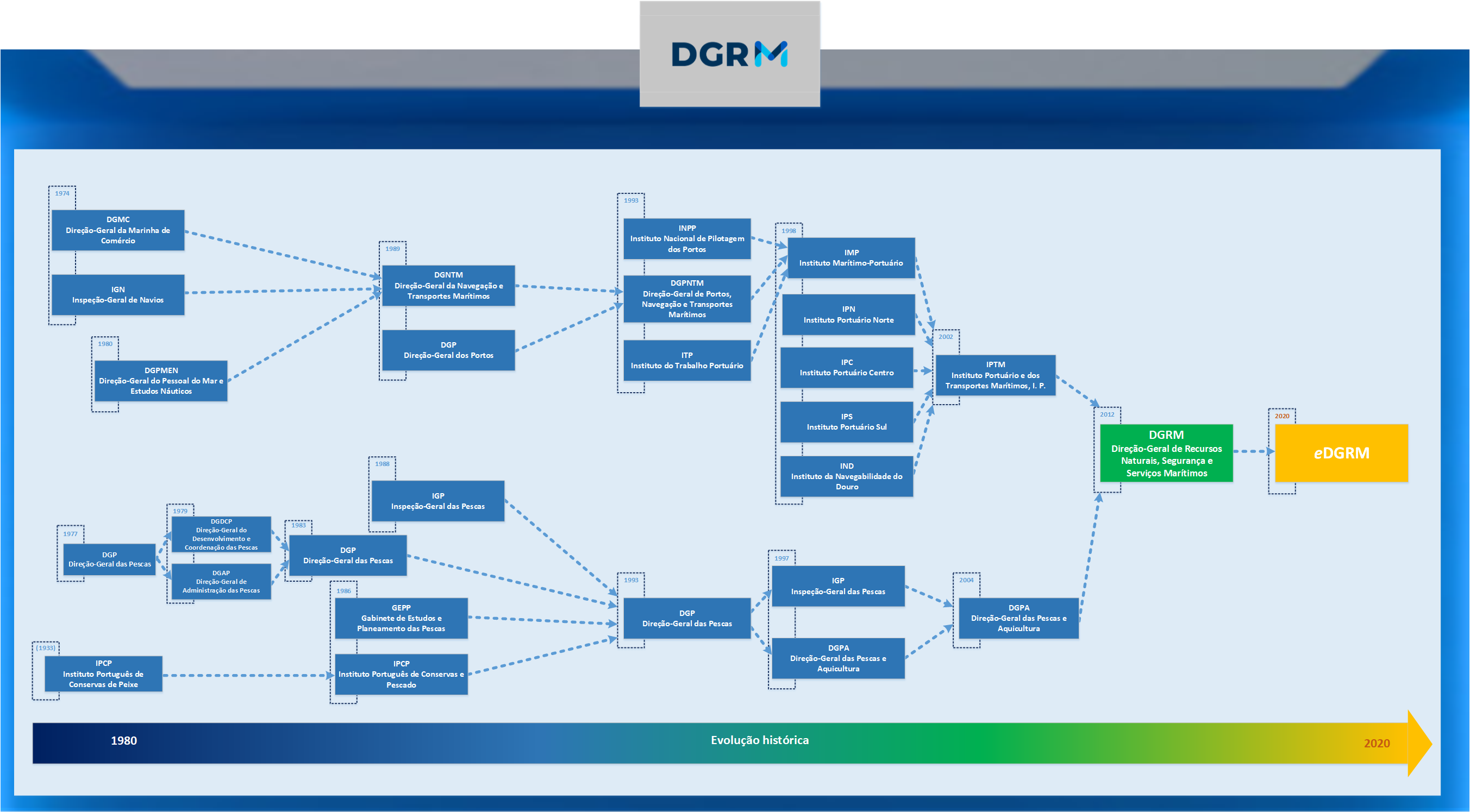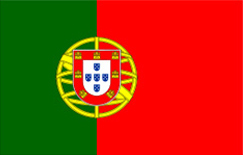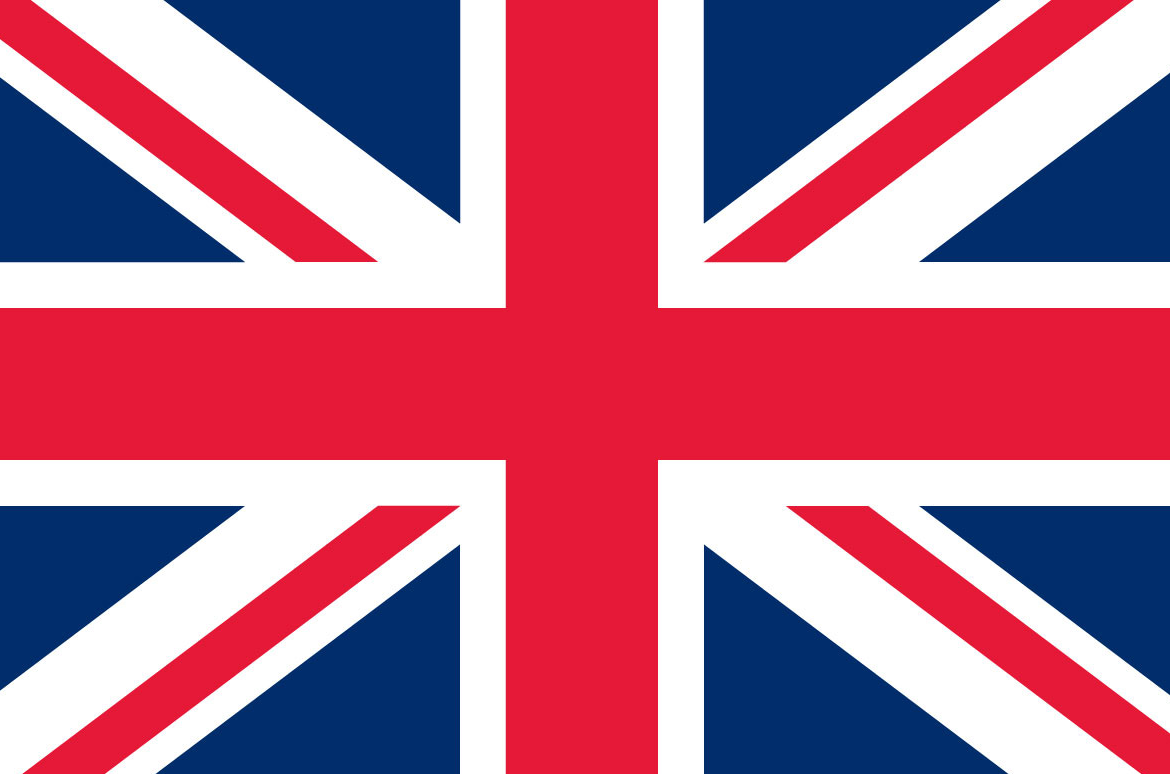Brief History
Get to know the DGRM a little more. Here we present its history since the 70´s to the present day
Brief History
The DGRM – Directorate-General for Natural Resources, Safety and Maritime Services was created in 2012 through Decree-Law No. 49-A/2012 of February 29, as a result of the merger of the Instituto Portuário e dos Transportes Marítimos, I.P. (IPTM)/ Port and Maritime Transport Institute and the Directorate-General of Fisheries and Aquaculture (DGPA).
As a consequence of this merger, the DGRM assumed all of the attributions of these entities, plus responsibilities for a third area relating to the environment and sustainability of the sea.
Under the current legislative framework, the DGRM assumes responsibility in the fisheries sector for implementing the Common Fisheries Policy through the management of natural resources, the fleet and the coordination of activity monitoring. The DGRM also has responsibilities in the maritime-port sector, and is responsible for almost all flag State responsibilities with regard to maritime safety and security and the certification of vessels and seafarers. It also assumes responsibility for the performance of vessel inspection tasks under Port State Control and coastal State functions. It also assumes responsibilities for monitoring of coastal navigation as well as for managing maritime spatial planning, including carrying out port security works in fishing ports.
Thus, this Directorate-General currently has a wide range of competences which, if we go back to the time of the creation of the Ministry of the Sea in 1980, were carried out by various Directorates-General and Public Institutes.
Indeed, when we revisit the recent past, we see that the administrative organisation of the State in the fisheries and maritime-port sectors has undergone several changes, with a view to resizing the number of services.
The DGPA was the body resulting from this resizing in the fisheries sector. Created by Decree-Law No. 74/96 of June 18, its organic structure/organization was approved in 1997 by Regulatory Decree No. 12/97 of May 2, succeeding the Directorate-General of Fisheries (DGF) in all its competencies with the exception of those relating to the control and inspection of fisheries, which became part of the Inspectorate-General of Fisheries (IGF), that had been created as Directorate-General in 1988.
The DGPA was subject to two significant restructurings: in 2004, by Decree-Law No. 14/2004 of January 13 and in 2007, by Regulatory Decree No. 9/2007 of February 27.
In these restructurings, we highlight the integration of the competences previously attributed to the IGF, in 2004, and, in 2007, the extinction of the Regional Directorates of Fisheries and the integration of their competences in the Regional Directorates of Agriculture and Fisheries of mainland Portugal, as well as the integration of the competences in the field of professional certification in the fisheries sector by extinction of the Fisheries and Merchant Navy School/ School of Fisheries and the Navy of Commerce.
Prior to 1997, the DGF, which was created in 1993 under the Ministry of the Sea, was responsible for the administration and supervision/monitoring of the fisheries sector. This Directorate-General of Fisheries was the result of a profound restructuring of the organisational structure related to the fisheries sector, including the competencies of four Directorates-General, that were also extinguished (Directorate-General of Fisheries, Office of Studies and Planning of Fisheries, Portuguese Institute for Fish and Fish Cannery and the Inspectorate-General of Fisheries).
In 1977 the Directorate-General of Fisheries was created for the first time (Regulatory Decree No. 45/77 of June 2), integrating the competences previously attributed to two Directorates General - Directorate-General of Administration of Fisheries (DGAGP) and Directorate-General of Fisheries Planning and Development of Fisheries (DGFP). In 1979 the new restructuring of the sector is observed, being extinguished and created two new DGs: Directorate-General of Fisheries Development and Coordination (DGDCP) and Directorate-General of Fisheries Administration (DGAP), which ended up being extinguished in 1983. In that same year, the DGP was created (Regulatory Decree 46-A/83, of June 8).
The same trend was observed in the area of ??maritime safety and shipping industry, ports and seafarers.
The IPTM was the body resulting from the restructuring of public administration in the maritime-port area. Created in 2002, by Decree-Law No. 257/2002, of 22nd November, was the result of the merger of the Maritime-Port Institute (IMP) with the three Port Institutes (North, Centre and South) and with the Institute of the Navigability of the Douro, created in 1998.
The IMP was created by Decree-Law No. 331/98, of 3rd November, and resulted from the merger of the Directorate-General of Ports, Navigation and Maritime Transport (DGPNTM) with the National Institute of Port Steering and the Institute of Port Labour.
The DGPNTM, approved by Decree-Law No. 319/93, of 21st September, resulted from the merger in 1993 of two Directorates-General - the Directorate-General for Shipping and Maritime Transport (DGNTM) ) and the Directorate General of Ports.
The DGNTM was also the result of the merger of three entities, namely the Directorate- General of the Merchant Shipping, the Directorate-General of Maritime Personnel and Nautical Studies and the General Inspection of Ships, having this fusion occurred in 1989 by means of Decree-Law No. 317/89, of 22nd September.
The reorganization plan to which the fisheries and maritime-port sectors have been subjected over the years has led to the implementation of new dynamics in the capacity of public administration bodies to act, simultaneously reducing the administrative burden of the State and rationalizing the services.
Merging a set of separate but complementary competences into a single entity (DGRM) results in better coordination of the administration and government responses to requests for the development of activities related to the sea in its various aspects.
In addition, within this wide set of competencies, the DGRM currently has a very important challenge: digitalisation. Within the framework of the various international organisations, to which the DGRM relates (International Maritime Organization, European Commission, International Labour Organization, among others), the best treatment of information, the reduction of bureaucracy and dematerialisation of procedures and documents are matters to be addressed in the future of economic sectors served by the DGRM. The further digitalisation of the processes and documents will surely guide the evolution of this General Directorate in the coming years.

| DGRM History | DGRM History |



